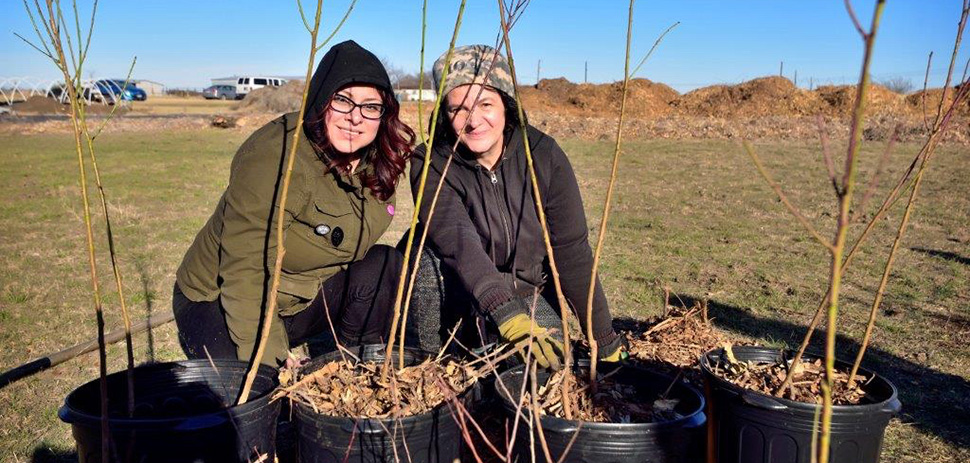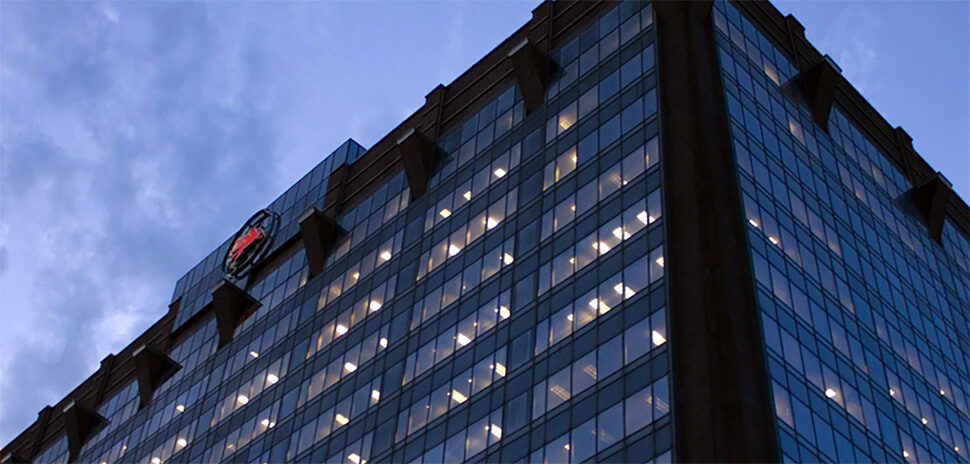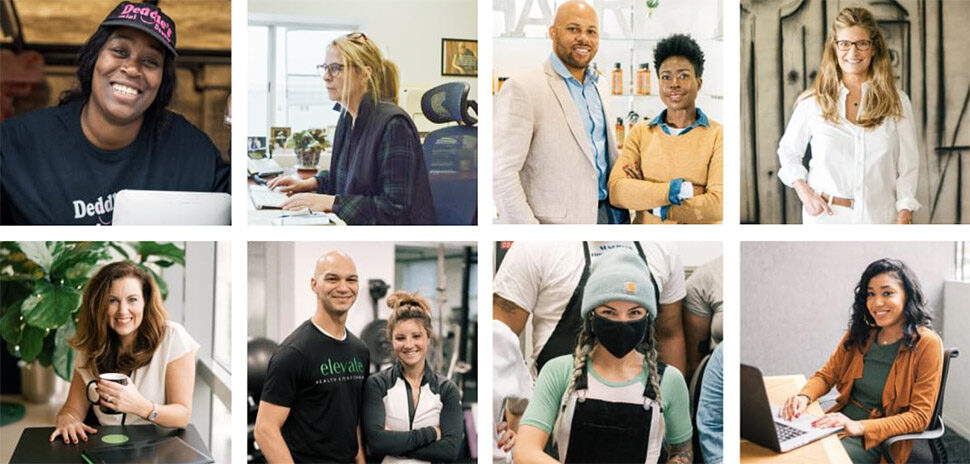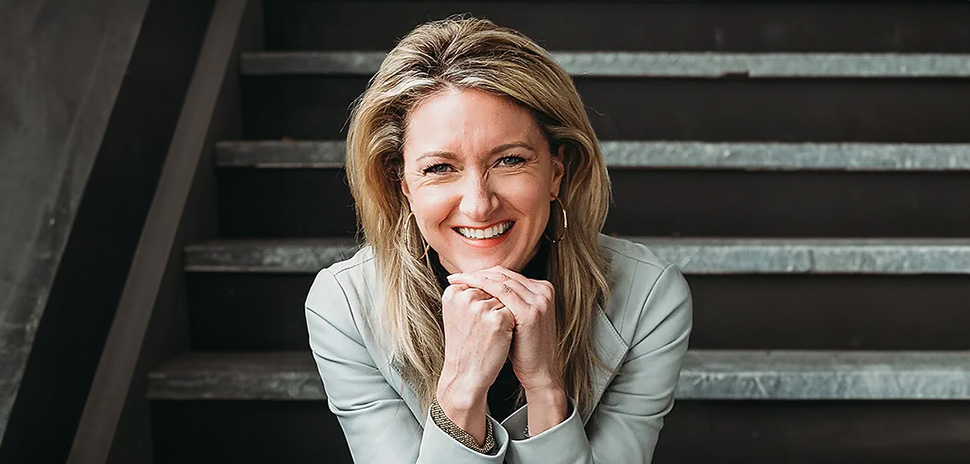Some might vaguely regard groups such as the Independent Order of Odd Fellows as holdovers from our grandfathers’ and our great-grandfathers’ generations, like the Studebaker, metal kitchen cupboards, and the Charleston.
Memberships in many fraternal organizations such as the Odd Fellows have been decreasing, since roughly the 1920s. According to organizational records, worldwide Odd Fellow membership — of all types — has dropped from more than 2.6 million in 1921 to about 600,000 now.
Flying against that trend in recent years is the Dallas lodge of the Odd Fellows, which exploded from 40 members a few years ago, to 120 members now. Last year, the Dallas Odd Fellows earned recognition for being among the top-2-percent fastest-growing lodges in the country.
“The lodges were the Facebook of the 1920s.”
Jennifer Sereno
“The lodges were the Facebook of the 1920s,” said Jennifer Sereno, who oversees the Dallas lodge’s Living Legacy tree-planting initiative. “Back then, four out of 10 people were in a social fraternity.”
Many speculate that lodges of secret social fraternities such as the Masons and the Odd Fellows have been losing members to attrition, mostly because they’re not recruiting fast enough to replace aging, outgoing members (the first North American branch of the Odd Fellows started in 1819 and, at first, were men-only organizations).
That’s hardly the case in Dallas, where the lodge members’ median age is 40, there are more women members than men, and its rolls are growing steadily.
“I had a couple friends who kept talking about the Dallas Odd Fellows,” said Sereno, explaining how to she came to join. “So I attended a meeting and knew half the people.”
DALLAS ODD FELLOWS TAKES INNOVATIVE, GRASSROOTS APPROACH TO HELPING
Sereno sees the membership pendulum swinging the other direction in Dallas because Lodge 44, Dallas’ Odd Fellows chapter, has been involved in innovative, grassroots approaches toward helping others in need, including:
- Collecting donations (so far, more than $1,000 in supplies) for the No Bully Left Behind pit bull rescue charity;
- Donating cash (so far, more than $1,000) for Dallas-based Jonathan’s Place shelter for children who have been abused, abandoned or neglected;
regularly contributing to the North Texas Food Bank; - Conducting book drives on behalf of Texas inmates; and are
- Planting 44 trees in various urban neighborhoods in Dallas this year, as part of the group’s annual Living Legacy initiative, which started at Odd Fellows lodges nationwide in 1989.
Members of Lodge 44 still take part in the ornate, complex rituals — literally wearing the same garish outfits, reciting elaborate, biblically inspired scripts — that their forbears did a hundred years ago.
“I had a couple friends who kept talking about the Dallas Odd Fellows. So I attended a meeting and knew half the people.”
Jennifer Sereno
However, they say it’s not central to their involvement.
“What attracted me to this wasn’t the vintage nature of this or the kitsch,” said Cone Johnson, a fellow member of Lodge 44. “It was an opportunity to become part of a group that I just would not have met any other way. I’m involved in different organizations and non-profits focused on the arts. I wanted to do something with my husband, Lex, and I think that is another attraction.”
The Living Legacy project fits well with the community garden outside the Zula B. Wylie Library in Cedar Hill, said Dan Watkins, an adult services librarian at the Zula B. Wylie Library. Members of Lodge 44 planted a number of peach trees near the garden.
“They’re doing really well,” he said. “Once these trees are mature, we hope to see people picking peaches, along with produce from the garden.”
Delivering what’s new and next in Dallas-Fort Worth innovation, every day. Get the Dallas Innovates e-newsletter.




































































